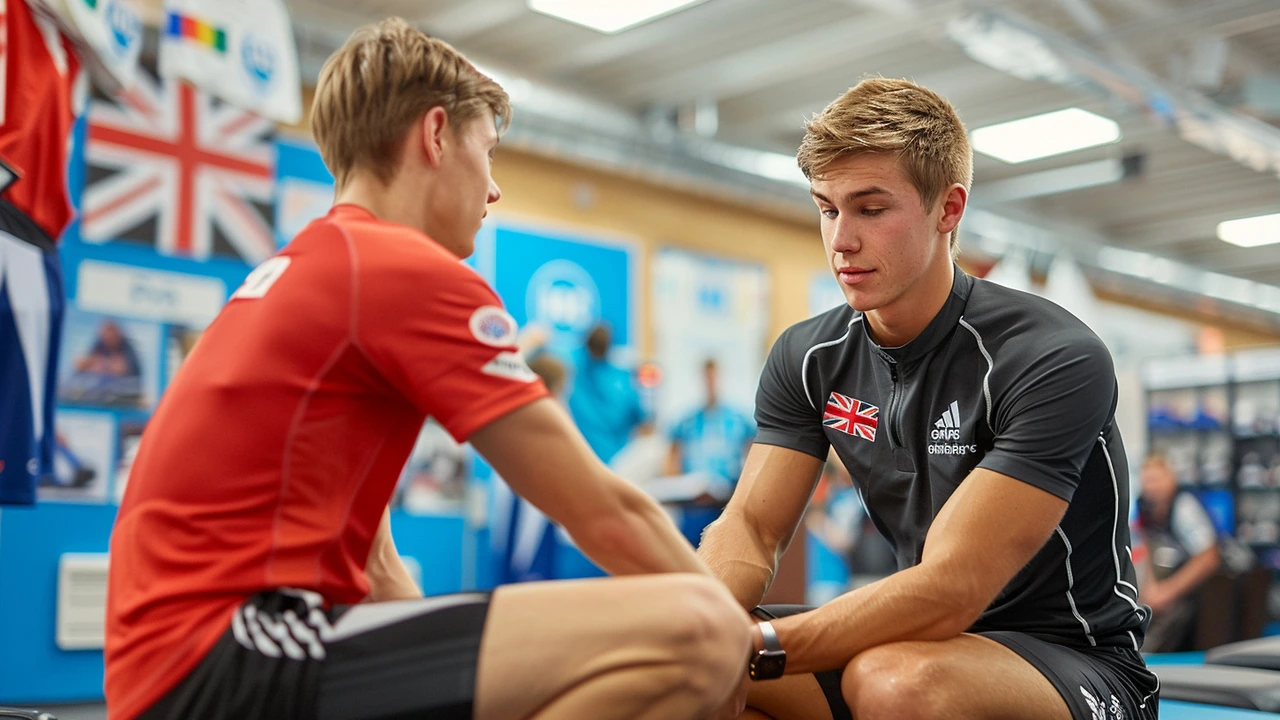The Integral Role of Sports Massage in Athletic Performance
Sports massage occupies a pivotal position in the landscape of athletic health and performance, transcending beyond the mere alleviation of discomfort to act as a preventive mechanism against injuries and as a catalyst for performance enhancement. At its core, this specialized form of therapy targets the unique demands placed on an athlete’s body, addressing the wear and tear of rigorous training and competition. Its methodologies have evolved from traditional techniques to incorporate a variety of approaches tailored to different phases of an athlete's training cycle, including but not limited to, pre-event preparation, post-event recovery, and maintenance massages designed to preserve optimum levels of flexibility and performance.
Understanding the physiology behind muscle strain and stress reveals why sports massage is so effective. Through the manipulation of soft tissues, it promotes increased blood flow to affected areas, facilitating the removal of waste products like lactic acid that can accumulate during intense physical activity. This enhanced circulatory efficiency not only boosts recovery times but also improves overall oxygenation and nutrient delivery to muscle cells, resulting in better muscle function and resilience against injuries.
A noteworthy aspect of sports massage is its adaptability to each athlete’s needs. Personalization extends from the type of massage - be it Swedish for relaxation and increased blood flow, deep tissue for targeting deeper layers of muscle and connective tissue, or trigger point therapy for isolated areas of tension - to the timing and frequency of sessions. Hence, whether you’re a professional athlete or a sports enthusiast, incorporating sports massage into your regime can yield significant benefits in terms of injury prevention, recovery, and ultimately, enhancing your athletic performance.
Practical Applications and Techniques of Sports Massage
The practical application of sports massage involves a variety of techniques, each designed to cater to specific needs and outcomes. For instance, effleurage, a gentle stroking motion, is often used at the start of a massage to warm up the muscles and improve lymphatic drainage. Petrissage, on the other hand, involves kneading and compression movements to deepen the massage's effect, breaking down adhesions and improving flexibility. These techniques, among others like tapotement (rhythmic tapping) and vibration/shaking, comprise the toolkit of methods that can be customized based on an athlete's particular requirements.
It's not just about what happens on the massage table; athletes and therapists alike must view sports massage within the broader context of an athlete's training and recovery program. This means considering factors like timing—opting for a lighter, more stimulating massage pre-event to enhance muscle readiness, versus a more intensive session post-event to facilitate recovery and reduce muscle soreness. Similarly, maintenance massages can be strategically scheduled during training cycles to prevent muscle tightness and overuse injuries.
Professional guidance from a certified sports massage therapist is invaluable in maximizing the benefits of sports massage. They can assess an athlete’s condition, identify areas of potential concern, and tailor their technique to address these issues. Moreover, their expertise allows them to advise on the optimal frequency of sessions to complement an athlete's training regimen, ensuring that sports massage serves as an effective tool in their recovery arsenal.
Integrating Sports Massage into Your Routine: Tips and Best Practices
Integrating sports massage into one's routine involves more than simply scheduling regular sessions. It necessitates a holistic approach that encompasses pre-massage preparation, during, and post-massage practices to maximize its benefits. Starting with hydration, athletes should ensure adequate fluid intake before and after massages to support the removal of toxins from the body. It’s also beneficial to engage in light exercise post-massage to further aid the circulatory and lymphatic systems in this process.
Setting clear goals for each session can significantly enhance the sports massage experience. Whether it’s addressing a specific injury, reducing muscle tightness, or simply promoting general well-being, having a purpose helps guide the massage therapist’s efforts. Athletes should communicate openly with their therapists about their pain tolerance, areas of concern, and overall objectives to achieve the most effective outcomes.
Lastly, integrating sports massage into an athlete’s recovery and maintenance plan shouldn’t be an afterthought but a key component of their overall strategy. Regular sessions can play a crucial role in preventing injuries, enhancing flexibility, and improving performance. Additionally, athletes should consider other complementary practices such as proper nutrition, adequate rest, and active recovery techniques to create a well-rounded approach to health and performance.




